
Tashkent 0
Sambo
Sambo
Sambo is a Russian martial art and combat sport. The word "SAMBO" is an acronym for SAMozashchita Bez Oruzhiya, which literally translates as "self-defense without weapons".
Sambo is relatively modern since its development began in the early 1920s by the Soviet Red Army to improve their hand-to-hand combat abilities. Intended to be a merger of the most effective techniques of other martial arts, Sambo has roots in Japanese Judo, international styles of wrestling, plus traditional folk styles of wrestling such as: Armenian Kokh, Georgian Chidaoba, Romanian Trinta, Tatar Korsa, Uzbek Kurash, Mongolian Khapsagay and Azerbaijani Gulesh.
The pioneers of Sambo were Viktor Spiridonov and Vasili Oshchepkov. Oshchepkov died in prison as a result of the political purges of 1937 after accusations of being a Japanese spy. Oshchepkov spent much of his life living in Japan and training judo under its founder Kano Jigoro.
The two men independently developed two different styles, which eventually cross-pollinated and became what is known as Sambo. Compared to Oshchepkov's judo-based system, then called "Freestyle Wrestling", Spiridonov's style was softer and less strength dependent. This was in large part due to Spiridonov's injuries sustained during World War I.
List of disciplines
Related links
Sports Committee
The Sports Committee consist of one Chairman and a minimum of five members. The Chairman, nominated by his NOC, will be elected by the GA, while the Members preferably representing the 5 zones of t...
Sports and Environment Committee
The Sports and Environment Committee consist of One Chairman and Five Members. The Chairman, nominated by his NOC, will be elected by the GA, while the Members preferably representing the 5 zones o...
Sports for All Committee
The Sports for All Committee shall consist of One Chairman and Five Members. The Chairman, nominated by his NOC, will be elected by the GA, while the Members preferably representing the 5 zones of ...
